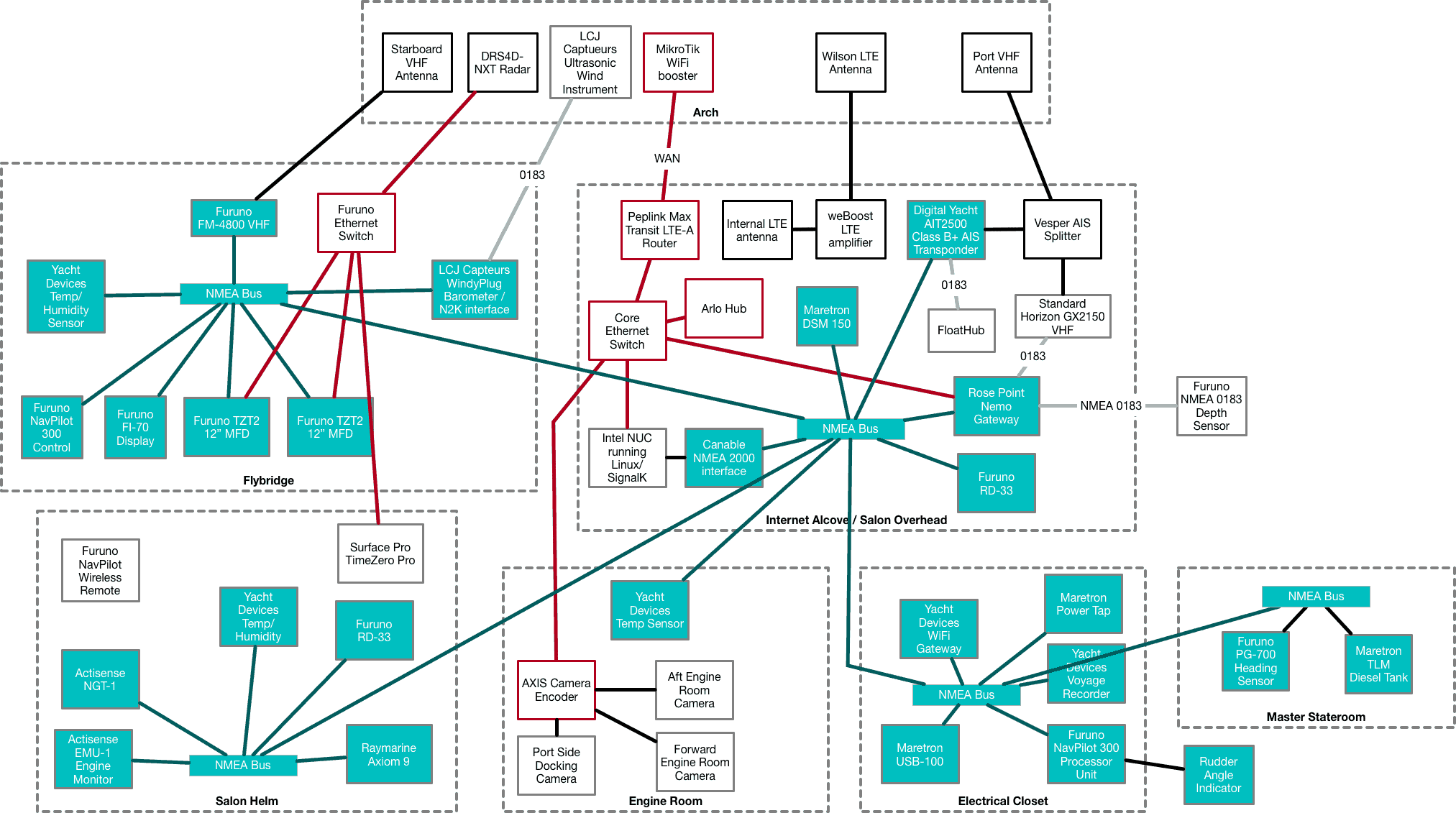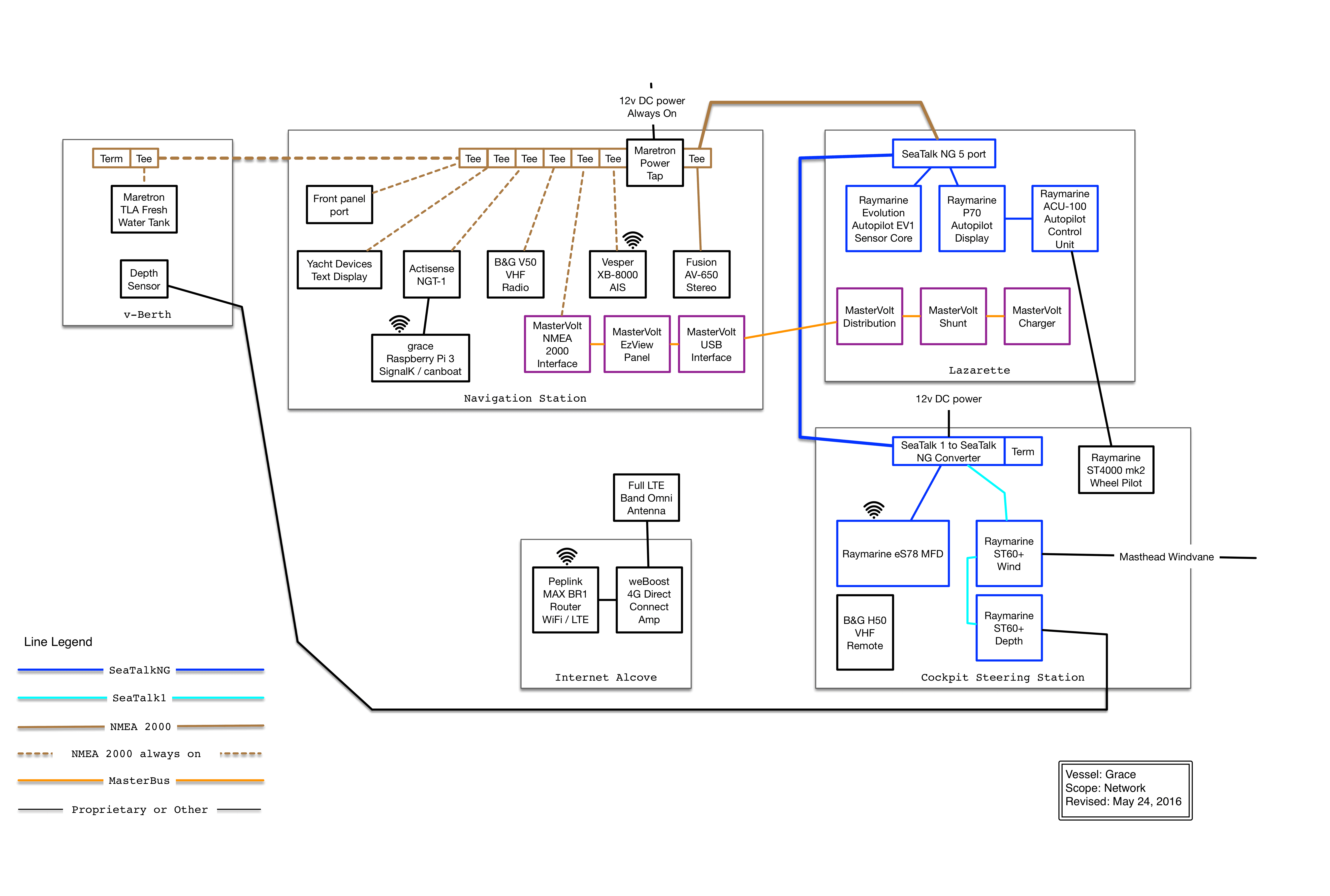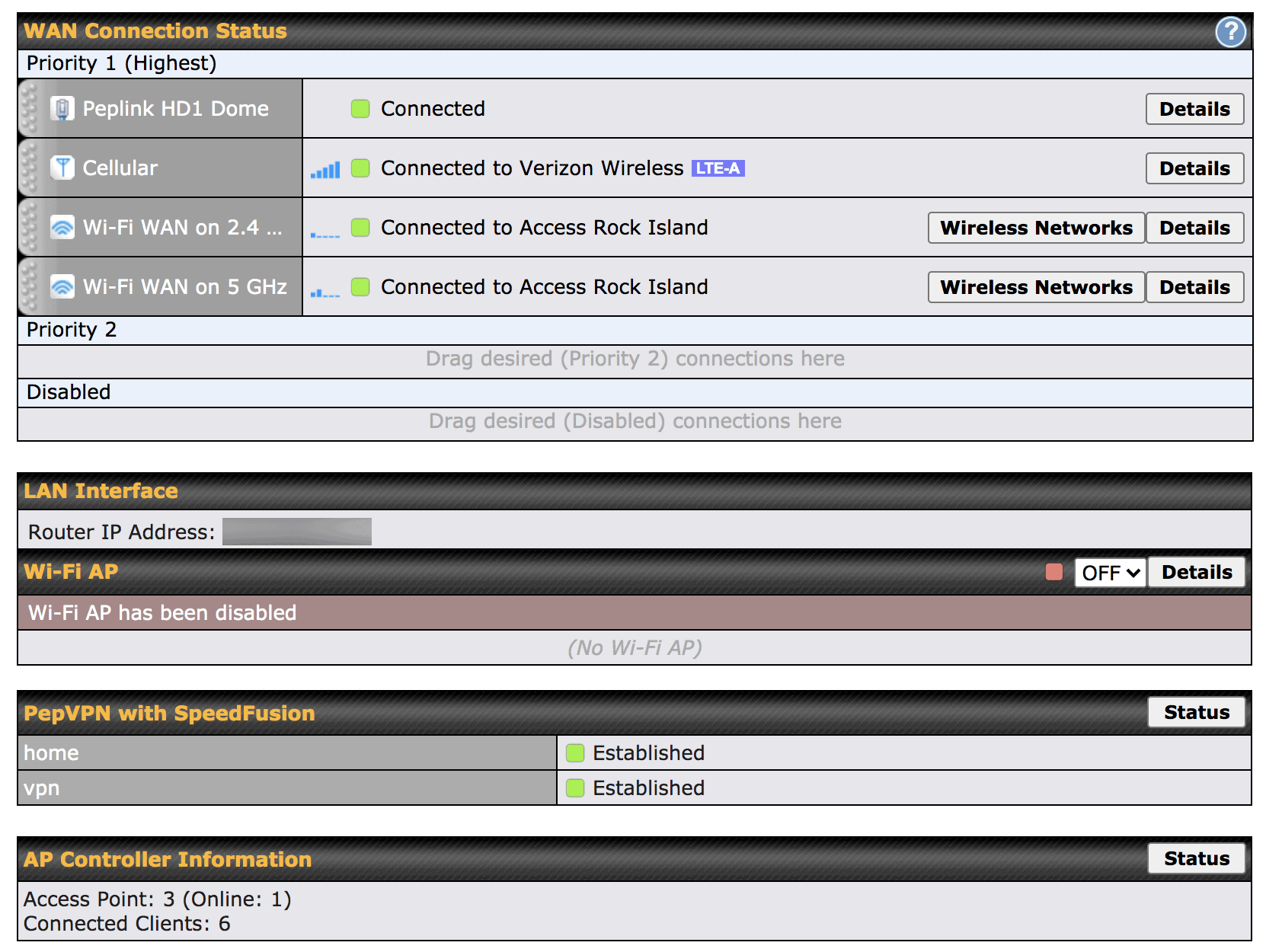Grace came with a factory prop when I purchased her – it was OK, but after 3 years of using that prop, I felt that I could get better speed and potentially other benefits.
I started by leveraging my usual research locations for my specific boat – the Ask a Beneteau Owner forum, Beneteau Owners mailing list, and the Beneteau 311 Facebook group. I didn’t find anyone with my exact model that swore by a particular prop, but there was a lot of information on different options.
Current Data
Grace is powered by a Yanmar 2GM20F engine which has a 3200 RPM continuous output rating, and a 3400 max WOT (wide open throttle) rating. These are ratings on the engine plate itself, and not necessarily real world. I have found that a cruising RPM 3000 RPM is the comfortable max based on vibration and performance. I could go up to 3200-3300 if needed in an emergency, but the speed improvement was negligible, and the vibration and fuel consumption increased quite a bit.
Average speed was about 5.5 knots through the water at 2800 RPM, and close to 6 at 3000. I was able to get this up a bit last year when Grace had been hauled and painted, and that lasted for a few months until a little growth came back.
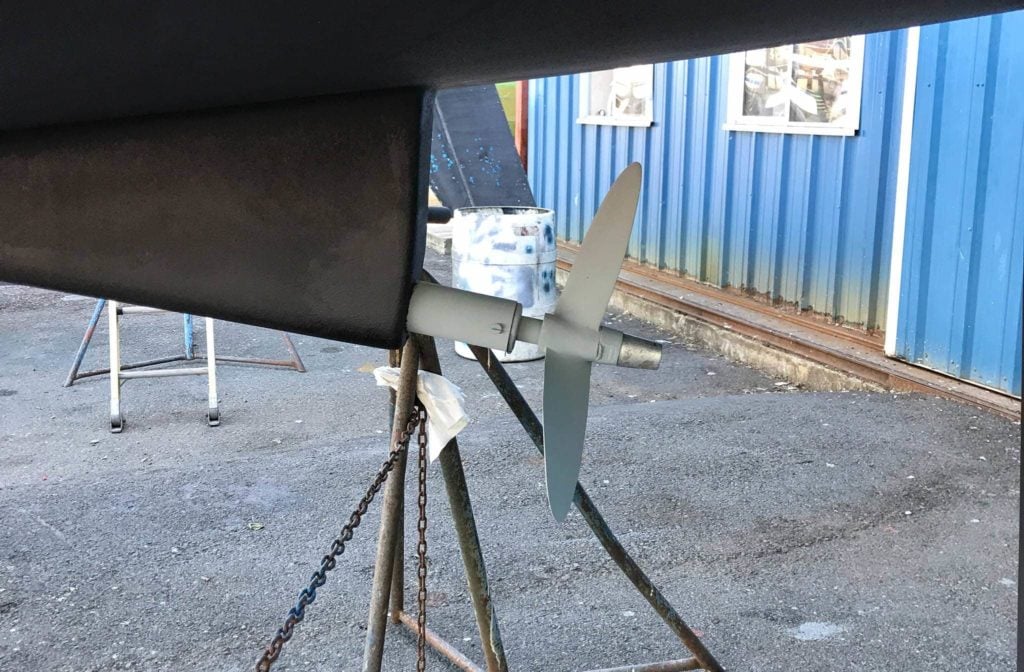
The existing propeller was a two blade, right hand model that appeared to have been factory installed. It has an end piece with an adapter for the “rolo” style Beneteau zinc on the end. The shaft is 25mm and very short – no room for additional zincs.
Investigation
My main goals were to get more speed while motoring longer distances, and to improve reverse while backing. With those goals in mind, I focused in on the following props:
There are many other choices, such as the Max Prop, Variprop, and tons of others. Many of those have great properties and features, but these three seemed to have the best reviews, match what I was looking for, and would fit my boat.
I talked with the manufacturers of each of these props as well as their US distributors. I asked for data on my exact boat model, and discussed the properties I was looking for.
Kiwi props looked really good, but the performance information I could get seemed a little too marketing focused. In addition, there were either really angry or really happy Kiwi customers, mainly from what sounds like a progressive product that has gone through many revisions. I appreciate that very much, as I would generally choose a product like that for my boat. However, when it comes to something like a prop that lives underwater 99% of the time, and I can’t access and maintain myself, I wanted something that was bit more traditional.
Autoprops have a really cool design where the pitch varies no matter the RPM, and I initially focused on this as being my primary choice. However, they don’t have the overall top speed compared to other props, are quite large/heavy, and do not completely fold up while sailing.
One company in particular stood out as the most helpful and detail oriented – Geoff at AB Marine assisted me in considering both the Gori and Autoprop. He provided a very detailed response from my initial inquiry, and put up with my detailed questions and emails trying to figure out what to choose.
Ultimately I chose to order a Gori propeller, 15″ x 12 x 3-blade model. This seemed like the best choice based on its performance in both forward and reverse, and folded up very small while sailing. Lots of people seem to love the Gori, and I found a couple of folks who actually have it on my exact boat. Within a week, the prop was on its way from Denmark.
Swapping Props
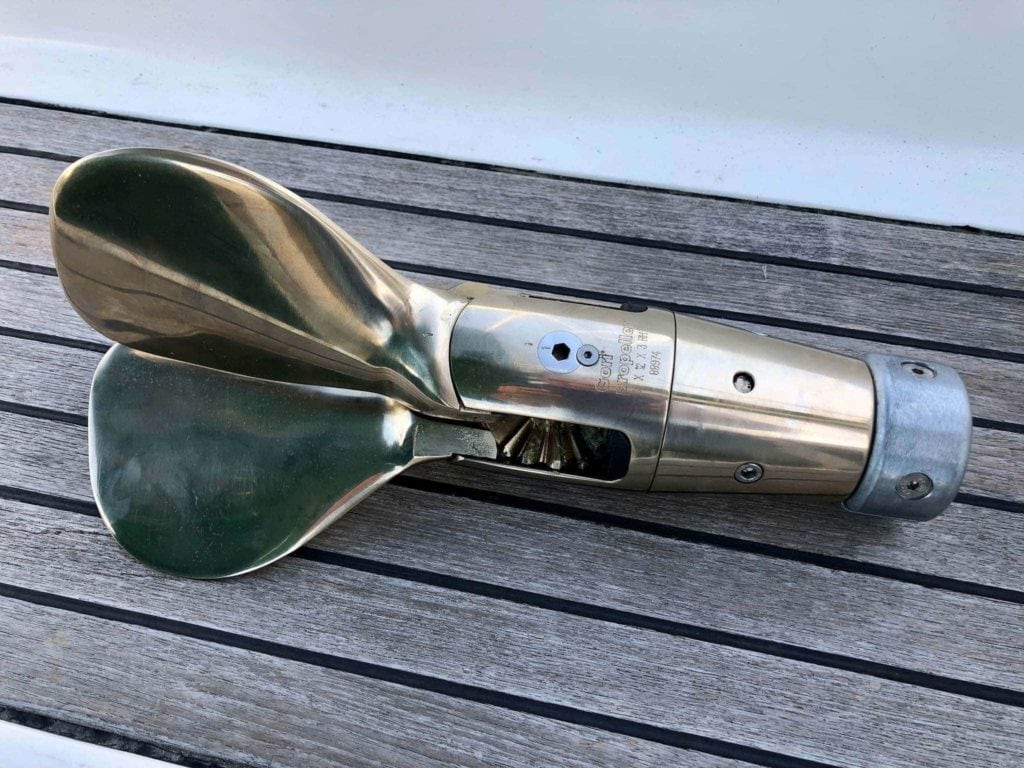
I considered two ways to get the props swapped – one was having a diver do the work, and second was having Grace hung in a TravelLift for an hour while I did the swap myself. After chatting with my long-time diver at Emerald City Diving, I decided to have them change it for me. They had installed and maintained many Gori Propellers and knew exactly what they were doing.
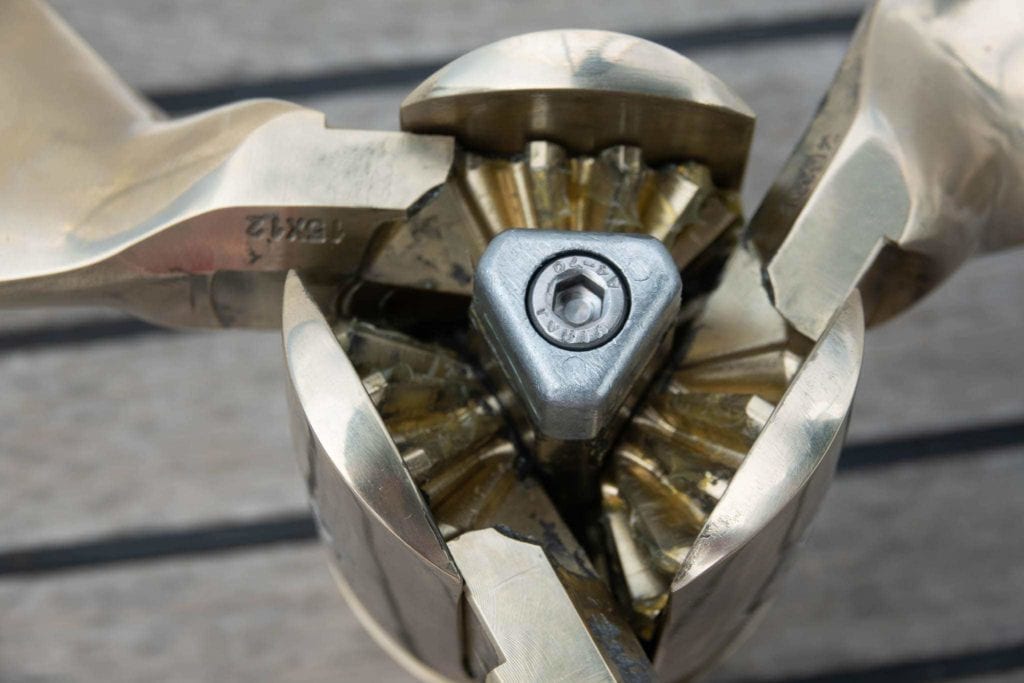
Gori gears and tiny end zinc
The Gori propeller is a three blade, geared folding propeller with a bit of a trick. Instead of folding out one direction, it can fold both in a forward and a reverse orientation. This is how you get the full speed reverse and overdrive features.
Here’s a helpful video to see how the Gori works.
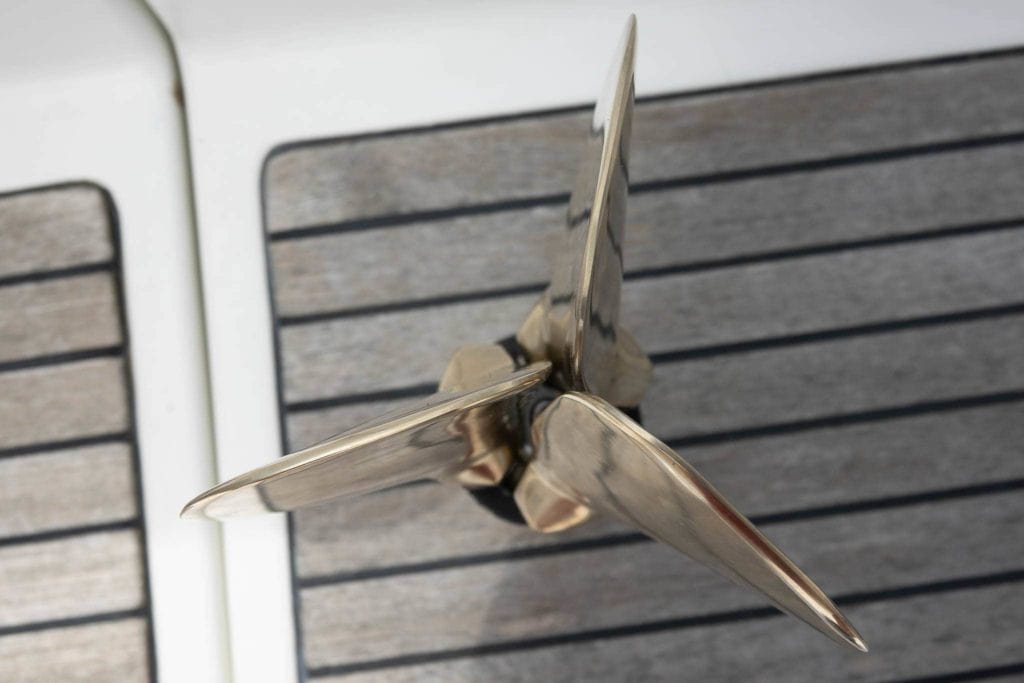
All folded up
The profile of the prop when folded up is quite small. I’m looking forward to seeing higher speeds while sailing as a result.
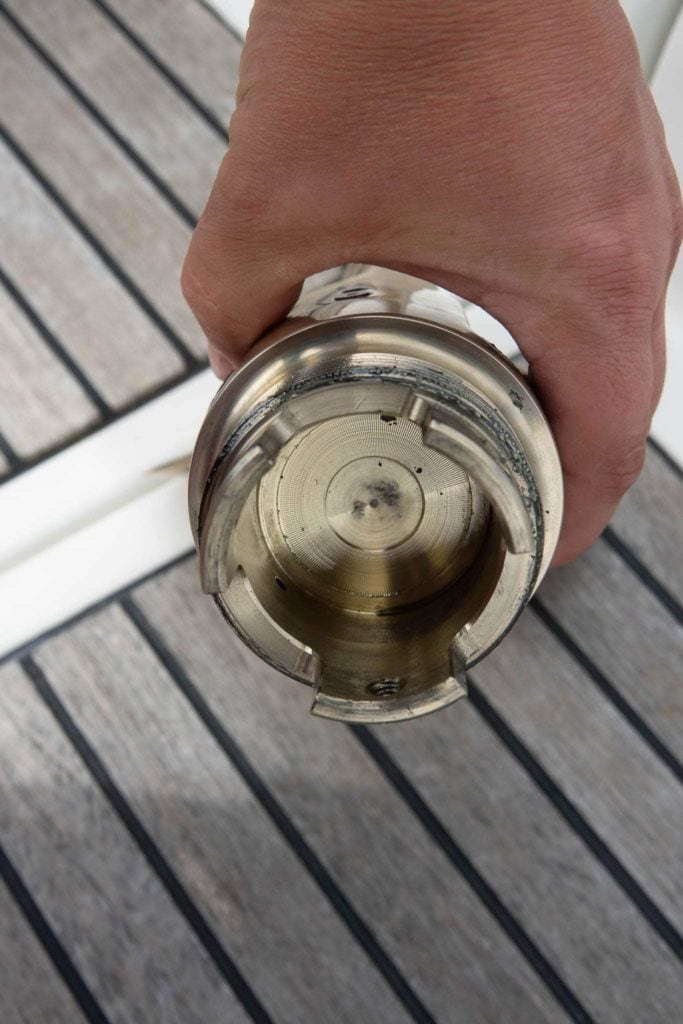
Keyed inner section
The prop itself is extremely well built, feels very hefty in the hand, and has a number of cool features to make assembly and servicing easier.
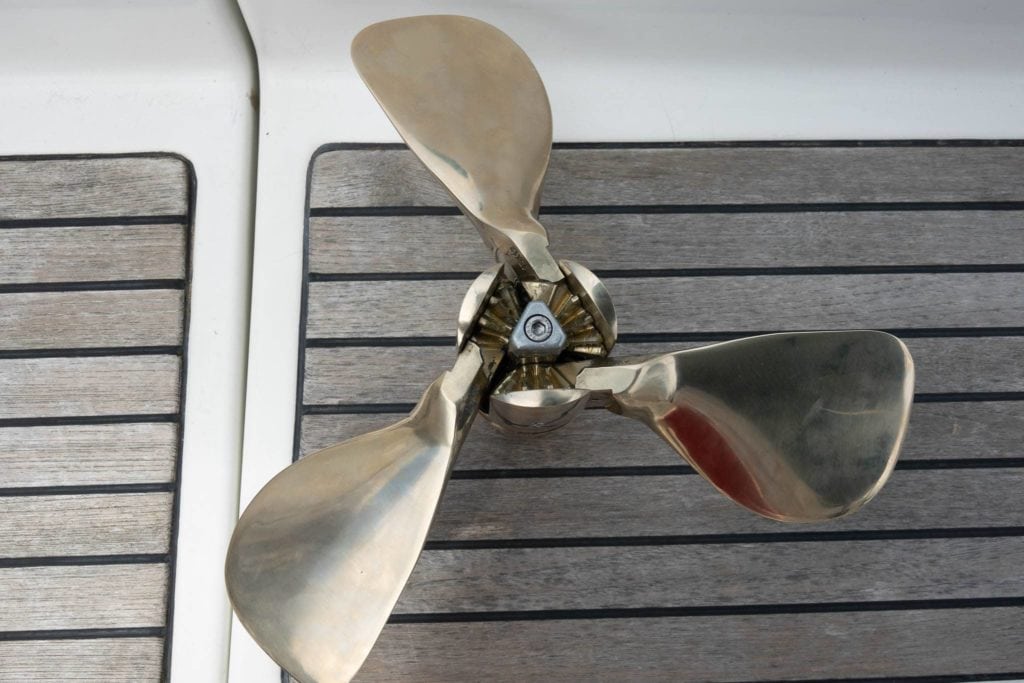
Gori open in forward position
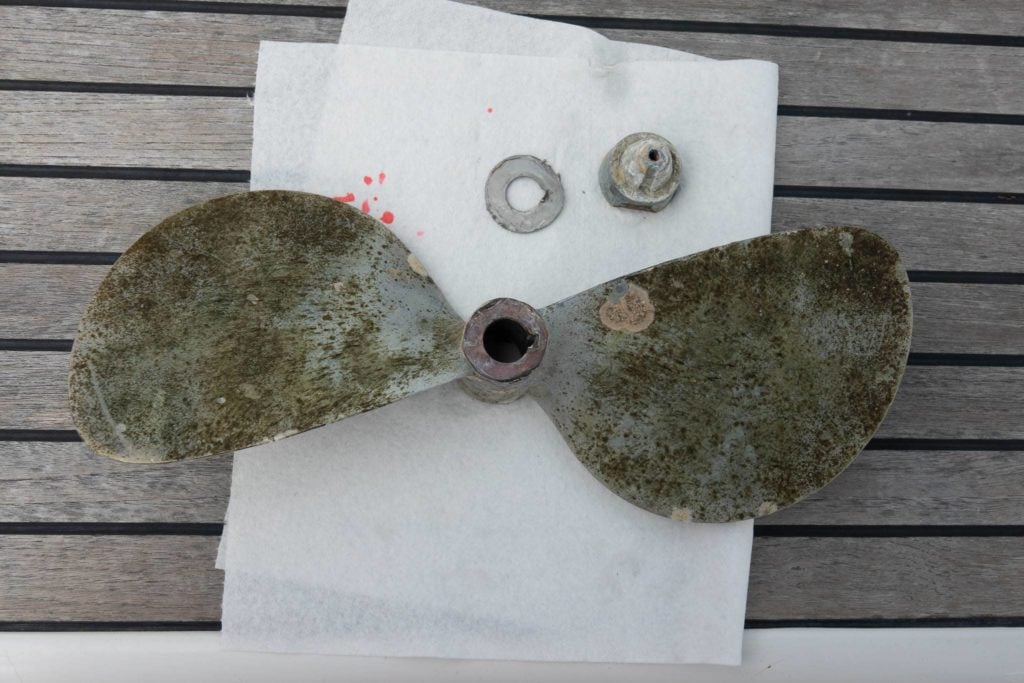
The old one took a bit of muscle to get off, but in the end the diver won. It didn’t look bad for having been in the water for almost a year, even with Propspeed on it. The zinc was a different situation – it was completely gone, and had been changed in the last 6 months. The standard Beneteau zinc is sort of small, so I am hoping the larger ones on the Gori will fare better.
The existing shaft key was too big to work with the Gori, so the guys from Emerald City Diving took it away to modify it, and try again to install the new prop the next day – I love working with companies and people who focus on customer service and getting the right thing done! Everything worked out, and the new prop was on.
Old vs New
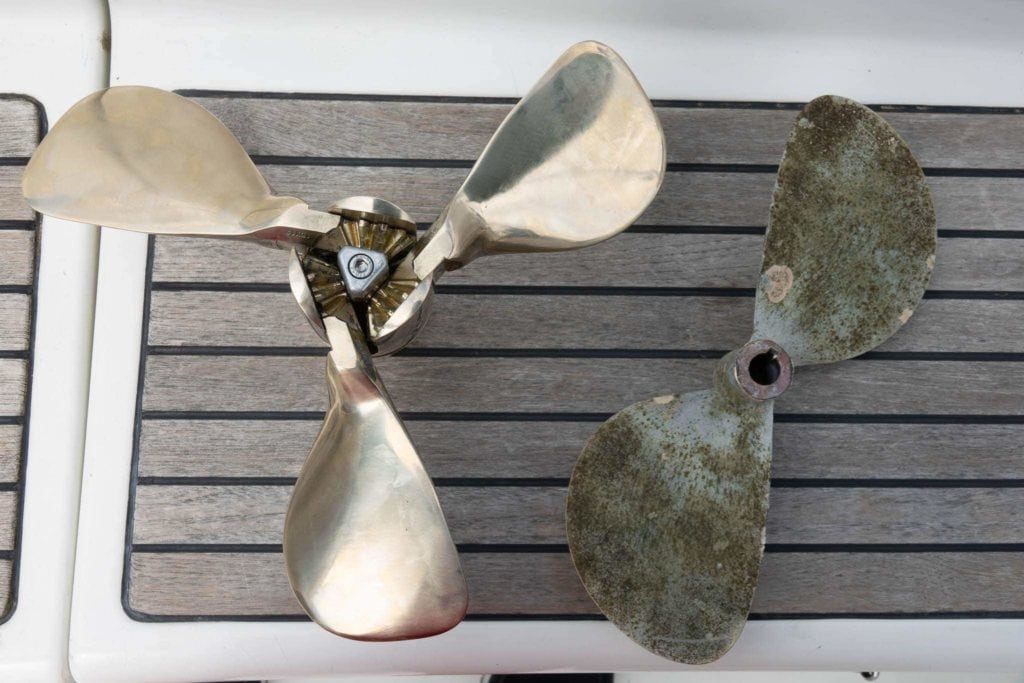
While both props were out, I did some comparisons. The surface area of the old prop blade was larger than a blade on the Gori, but overall it definitely looked like the total surface area of the Gori was more significant. The pitch was also quite a bit different between the two. The Gori also weighed quite a bit more with all its gears and pieces.
Performance Data
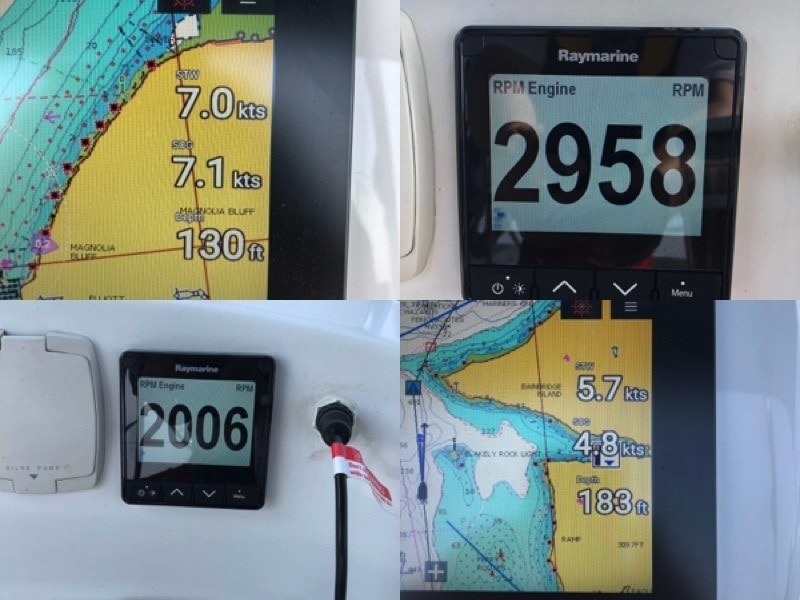
Once things were installed, I headed out on the water to do some performance testing. I made sure to do all of the testing in calm water, at as close to no current as possible, and back and forth over the same general area. I took data samples at least 3 times on each of the RPMs and modes. In addition, I decided to head over to Blake Island and did some longer term motoring at cruising speeds to verify my data.
Gori propeller in standard mode
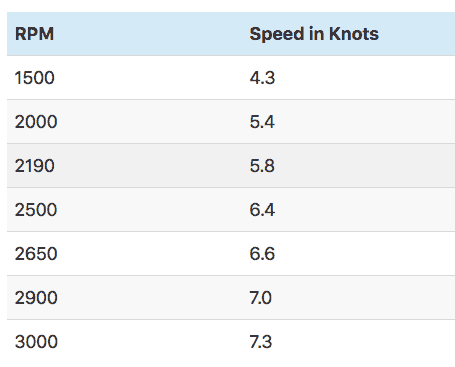
Using the Gori in standard mode resulted in a significant increase in overall performance across much of the RPM band compared to the existing propeller. What was very nice to see was a speed of 7.3 knots at 3000 RPM, which is almost 2 knots of increase.
That’s a significant increase for us – the real world example I have been using is the time from Seattle to Pt. Townsend, day 1 of two in our transit to the San Juan Islands – a 34.8 nautical mile trip. With the old prop, that would take about 6 hours and 20 minutes. That same trip at 7 knots takes just under 5 hours. That is a savings of almost an hour and a half on the water, giving us more flexibility for departure/arrival windows, planning tides and currents, etc.
Gori propeller in overdrive mode
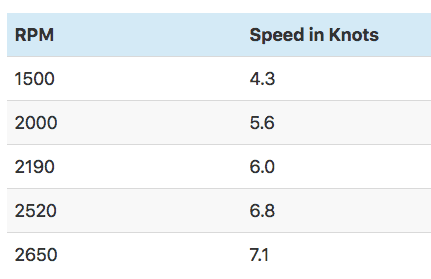
Based on the overdrive testing, I can see a benefit in terms of reducing overall RPM to get better fuel economy while still moving pretty fast. I did observe that 2650 RPM is near the max that I can get out of the engine when overdrive is engaged. Anything beyond causes the engine to start belching dark black smoke, indicative of being overloaded.
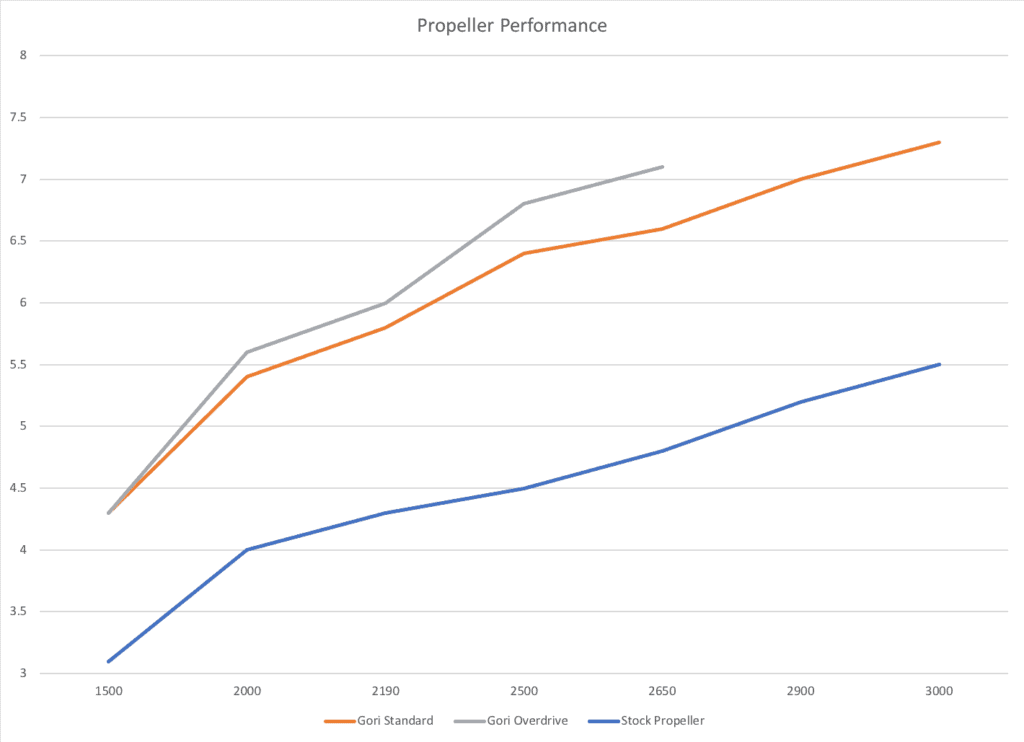
Taking all of the data from both the stock propeller and the new Gori and placing it on a graph, you can clearly see the performance benefits.
As good as overdrive mode appears to be, I experienced more vibration in that mode than in standard mode, and would only use it at RPMs of 2000 or less. I prefer standard mode, and love that I am able to get past a 7 knot speed.
Other Benefits
Backing performance was one of the other goals to improve. Previously, getting out of our slip required angling the boat a bit, pushing her out of the slip a ways, and then flooring the engine. Inevitably, Grace would only travel in a straight line, and little control was available. Once we got close enough to the opposite side of the fairway, throwing it into forward and gunning it resulted in a way to get out of the slip. If there was wind, current, or other challenges, backing was a liability.
With the Gori, I have an amazing amount of power in reverse, which is just as advertised. Not only can I get enough way that the rudder has water going fast enough to control the boat, but it does not require full throttle in reverse. I’m very much looking forward to having more control when backing.
In addition to performance under motor, I am looking forward to faster sailing speeds. The Gori folds up very small and thin, and I expect to see increased sailing performance as a result. It will be hard to quantify this since I can’t really know for sure, but not having all the resistance from the two bladed prop stopped in the water has to help.
I’m extremely pleased with the performance increase in cruising speed from the Gori – it will open up a ton of new places to explore, or make our time on the water shorter for some of our usual haunts. Having the same power when backing up will provide a much safer way to maneuver. A great upgrade!
Archived Comments
These are read only comments from the old system. Scroll down to participate in SeaBits Discussions, our new interactive forum attached to each article.
Chris L-S
September 21, 2018 at 5:56 am
Love our Gori and run it in overdrive 90% of the time. Just an FYI – from a servicing perspective, enjoy yourself when you have to replace the “flexible stops”. They aren’t so flexible. Took us a few hours and a lot of pain the last time we did this to get the new ones to lay right.
- Steve Mitchell
September 22, 2018 at 4:38 pm
Interesting info on the maintenance side of things. I have used overdrive, but I end up getting better speed out of normal mode most of the time. Overdrive is great when motor sailing though!

